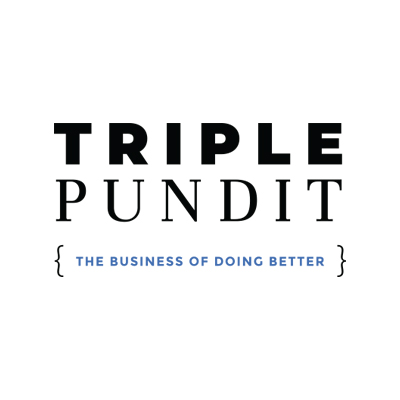
Image Credit Oxfam America
Presidio Graduate School’s Macroeconomics course for Spring 2012 is authoring a series of articles. The articles on this “micro-blog” reflect reactions and thoughts on news items, economic theory, and other issues as they pertain to the concept of sustainability. Follow along here.
What if we could increase a nation’s GDP by anywhere from 3-16 percent by making one tiny change? What if we could increase crop yields by 20-30 percent and reduce the number of hungry people around the globe by 12-17 percent? What would you say to increasing household incomes by 25 percent by making the same small change?
The change is investing in women. When 10 percent more girls go to school, a country’s GDP can be expected to rise by 3 percent on average, while reducing barriers to females entering the work force in the US, Europe, and Japan could lead to a GDP increase of up to 16 percent. The UN’s Food and Agriculture Organization notes that if women have the same access to land and resources as men, their crops can be far more productive, reducing the number of hungry in the world by up to 150 million and helping to achieve Millennium Development Goal One to eradicate extreme poverty and hunger.
In North Africa and the Middle East, studies show that increasing women in the workforce could dramatically bolster household incomes, and as a result change expenditure patterns (more on food and education, less on alcohol and tobacco) and improve child survival rates, nutrition, and educational attainment. Investing in women is not a new phenomenon, but it is one that is gaining traction.
The case for investing in women has been made; 90 percent of women’s income is reinvested in their families as opposed to upwards of only 40 percent of men's income. Women invest in their communities, which leads to increased financial growth and social opportunities for members of those communities. Although the female participation in the labor force has risen over time for all income levels, there is still a large gender discrimination gap for women the world over, particularly in developing countries. As one might imagine, these gender gaps are the most prevalent for the very poorest women in the poorest of nations. In Sub-Saharan Africa and parts of South Asia, school enrollment for girls is on par with that of American girls in back in 1810.
Nobel Laureate Amartya Sen has drawn attention to gender inequity in the developing world, and holds that women and girls are key to solving global poverty. These gaps can be bridged through direct microfinance loans made to women in poor countries. Institutions such as the Grameen Bank have been investing in women since the 1970s, which as of October 2011 had over 8 million female borrowers in rural Bangladesh (despite the controversy surrounding founder Muhammad Yunus).
Women’s WorldBanking, for example, has been encouraging women’s access to finances and participation in their economies since 1979 by offering a network of 39 financial institutions from 27 countries to help women start their own businesses. The Kiva Foundation strives to alleviate poverty through lending, and also sees microfinance as a way to empower women the world over. Yet another model is Heifer International’s Women in Livestock Development (WiLD) project, which aims to end hunger and poverty by empowering the world’s women through livestock gifts and training.
Four million women who live in low-income countries die every year who would not otherwise if they lived in medium- to high-income countries. These numbers must be brought down - and they can be - through small and simple changes. If we invest in women through microfinance, women have shown that they will re-invest and help bring themselves, their families, communities, and countries into a better financial state.
By investing in women, we can decrease female mortality rates and increase education and income while improving the health and well-being of our communities at large.
Image credit: Tumisu via Pixabay

TriplePundit editors offer news and insights on sustainable business.














